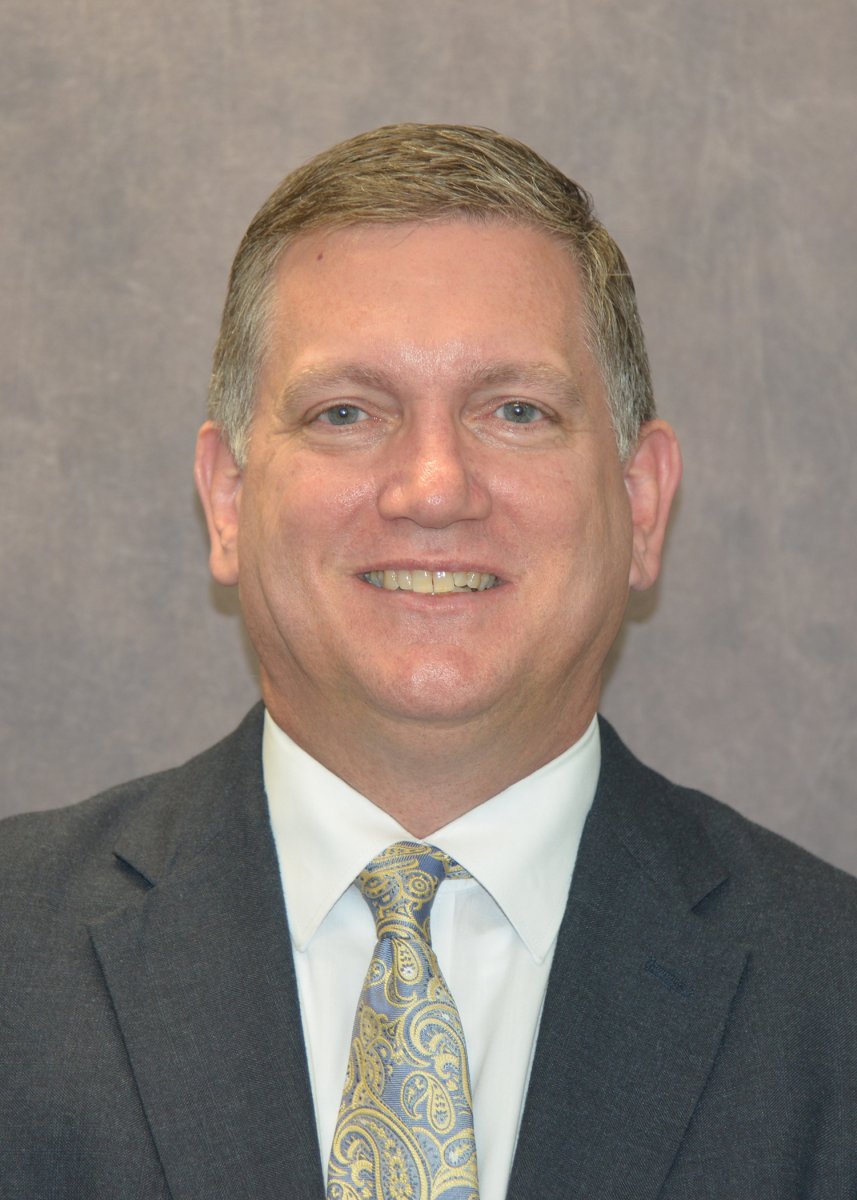Piedmont Tech Faculty Get Creative to Save Students Money on Textbooks
Would it be considered extravagant for a young college student to purchase a high-end, 55-inch, flat-screen TV? Every year? Perhaps. But many college students are spending at least as much annually on textbooks and course materials. In fact, the College Board recently reported that the average U.S. college student spent about $1,298 on books and supplies during the last academic year. Convinced that that sort of expense is not reasonable, many college officials are embracing a concept known as Open Educational Resources (OER).
“OER saved our students up to $500,000 in textbook and materials costs this fall,” said Dr. Jack Bagwell, vice president for academic affairs at Piedmont Technical College (PTC). “It also accommodates for different learning styles. … We look for the best bang for the buck, but we are also coming to it organically and trying not to force it.”
 Without question, the rising cost of textbooks and other materials for college courses creates obstacles for many students. According to a survey by the Chronicle of Higher Education, up to 70% of college students have opted not to purchase a textbook because it was too expensive. In addition, 1 in 5 college students at some point has put off taking a class because of the required materials cost associated with that class. The Bureau of Labor Statistics in 2016 reported that consumer prices for college textbooks increased 88% in just 10 years between 2006 and 2016.
Without question, the rising cost of textbooks and other materials for college courses creates obstacles for many students. According to a survey by the Chronicle of Higher Education, up to 70% of college students have opted not to purchase a textbook because it was too expensive. In addition, 1 in 5 college students at some point has put off taking a class because of the required materials cost associated with that class. The Bureau of Labor Statistics in 2016 reported that consumer prices for college textbooks increased 88% in just 10 years between 2006 and 2016.
Open educational resources are teaching materials, including textbooks, that are available for free. PTC faculty began introducing OER materials in 2017.
Lisa Martin, dean for instructional development and academic support, estimates that many PTC instructors are participating in OER efforts and using special software to develop customized materials for their students.
“With OER, you get to control what you are bringing into the classroom,” she said. “We have become so accustomed to teaching what the publisher has provided us. This gives us some creative license that we haven’t had in the past.”
Bagwell noted that OER is gaining a lot of support and accommodates educators who want to work together to develop customized or innovative content. “Every time you look at those OER catalogs, there is more content than before,” he said. “More faculty are getting on board. That means more collaboration.”
In a report published early this year, the Babson Survey Research Group found that, nationwide, college faculty awareness of OER has increased to 46%, up from 34% three years ago.
“With OER, we are able to develop some of our own resources and our own interactive content,” Martin said. “It’s exceptionally user-friendly. We’ve developed about 150 activities so far. It’s nice to know that we can tailor our assignments to relate to what students are really interested in. We can be specific and purposeful about it.”
Cami Westall teaches history at PTC. She noted that one advantage of OER is that visually compromised students can hear audio of some written materials online, and course videos are close-captioned for hearing-impaired students. Those features make the classes even more accessible. She also likes the customization OER enables for her history classes.
“With OER, we can include local history, such as the town of Ninety Six and its importance in the American Revolution. It makes history come alive for students,” Westall said, “while information like that might not be included in a standard textbook.”
“I teach American Government and was among the first to use OER,” said Lisa Toland, PTC instructor and dean of off-campus academic affairs. “I had used the same textbook for so long, I thought I had to teach a class in a particular way. OER enlightened me about what I could bring into the classroom. I can introduce things that are unique to our state and our counties. Most of my students did not have a problem not having a book.”
Martin also appreciates the evaluation potential of OER because educators can review OER data about student utilization, such as how long or how often students accessed specific resources. Those data can help identify what works and what does not.
“Piedmont Tech is on the vanguard of the OER movement,” Bagwell said. “I am proud of what our folks have done and what they have accomplished in a short period of time.”
PHOTO: PTC Vice President for Academic Affairs Dr. Jack Bagwell